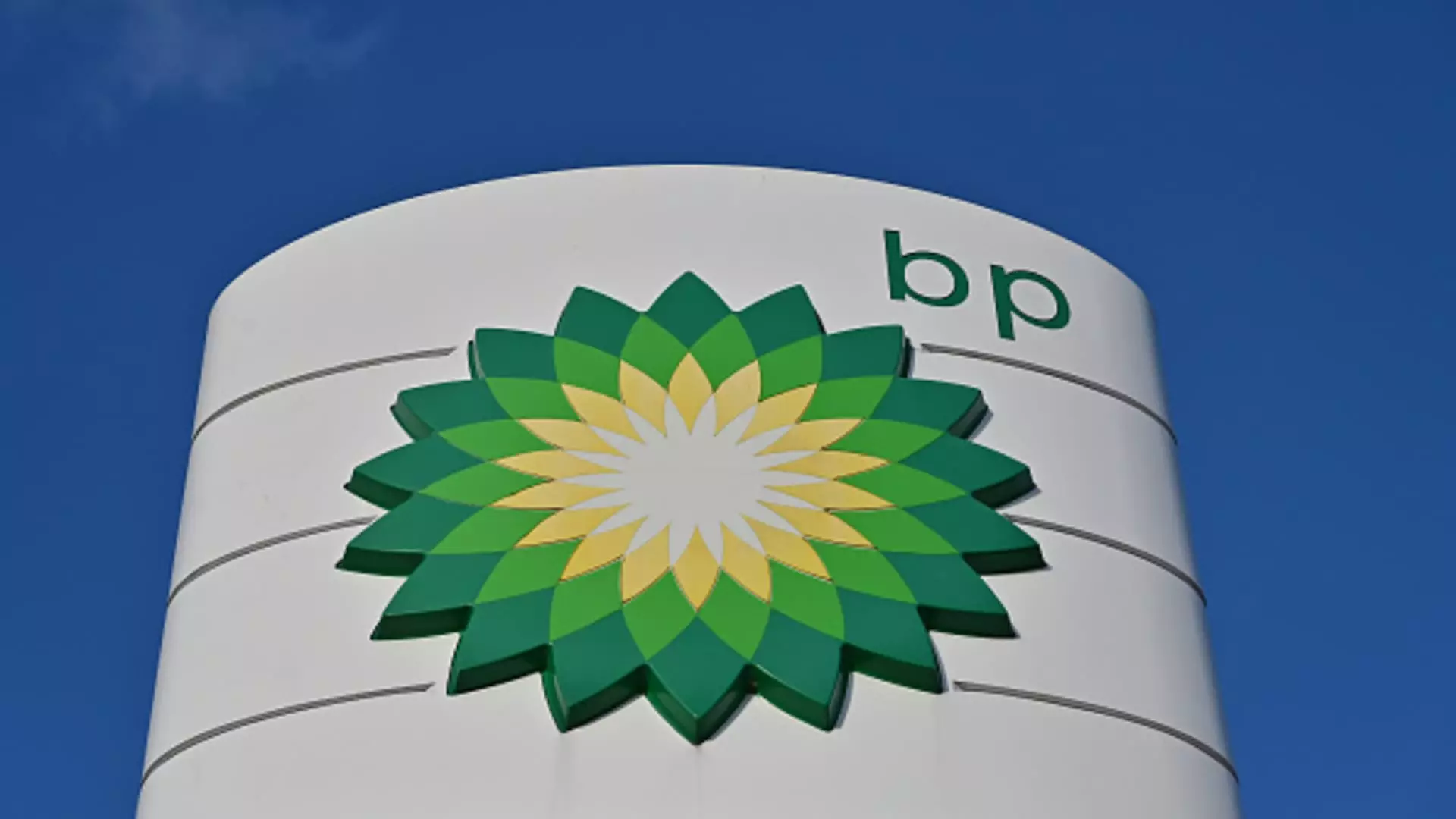British oil giant BP recently announced a stronger-than-expected net profit for the second quarter of the year and decided to raise its dividend. Despite warning of lower refining margins, the company posted an underlying replacement cost profit of $2.8 billion, surpassing analyst expectations and showcasing a positive outlook for the company’s financial performance.
Debt Reduction and Shareholder Confidence
One of the key highlights of BP’s second-quarter report was the significant reduction in net debt, which stood at $22.6 billion at the end of the quarter. This decrease from the same period last year indicates a strategic effort to improve the company’s financial health and build confidence among shareholders. The decision to boost shareholder returns through a 10% increase in dividends reflects BP’s positive outlook for cash generation.
In an effort to streamline operations and enhance profitability, BP announced a writedown of $1.5 billion, partly due to the scaling back of refinery operations at its Gelsenkirchen plant in Germany. This move aligns with the company’s focus on reducing costs and driving efficiency across its business segments. CEO Murray Auchincloss emphasized the importance of cost reduction and business focus in the company’s drive towards achieving its targets for 2025.
Investor Confidence and Climate Change Goals
BP’s second-quarter results come at a time when the company is working to rebuild investor confidence in its strategic direction. The recent increase in dividends and reduction in net debt have been well received by market analysts, signaling a positive step towards enhancing shareholder value. However, BP has faced pressure from activist investors to increase oil and gas investments and reduce green pledges, highlighting the challenges in balancing financial returns with environmental commitments.
As BP navigates the changing landscape of the energy industry, the company is focusing on maintaining a balance between traditional oil and gas investments and renewable energy initiatives. The recent pause on renewables projects and cost-cutting measures underscore the company’s commitment to improving financial returns amidst market challenges. With competition from rivals like Shell and Exxon Mobil, BP will need to continue refining its strategy to remain competitive and drive long-term value for shareholders.
BP’s second-quarter results reflect a mix of financial strength, strategic adjustments, and investor expectations. The company’s ability to navigate market volatility, adapt to industry trends, and deliver on its commitments will be key factors in shaping its future performance and stakeholder confidence. As BP continues to evolve its business model and address environmental challenges, maintaining a balance between profitability and sustainability will be crucial in securing its position as a leading player in the global energy sector.

